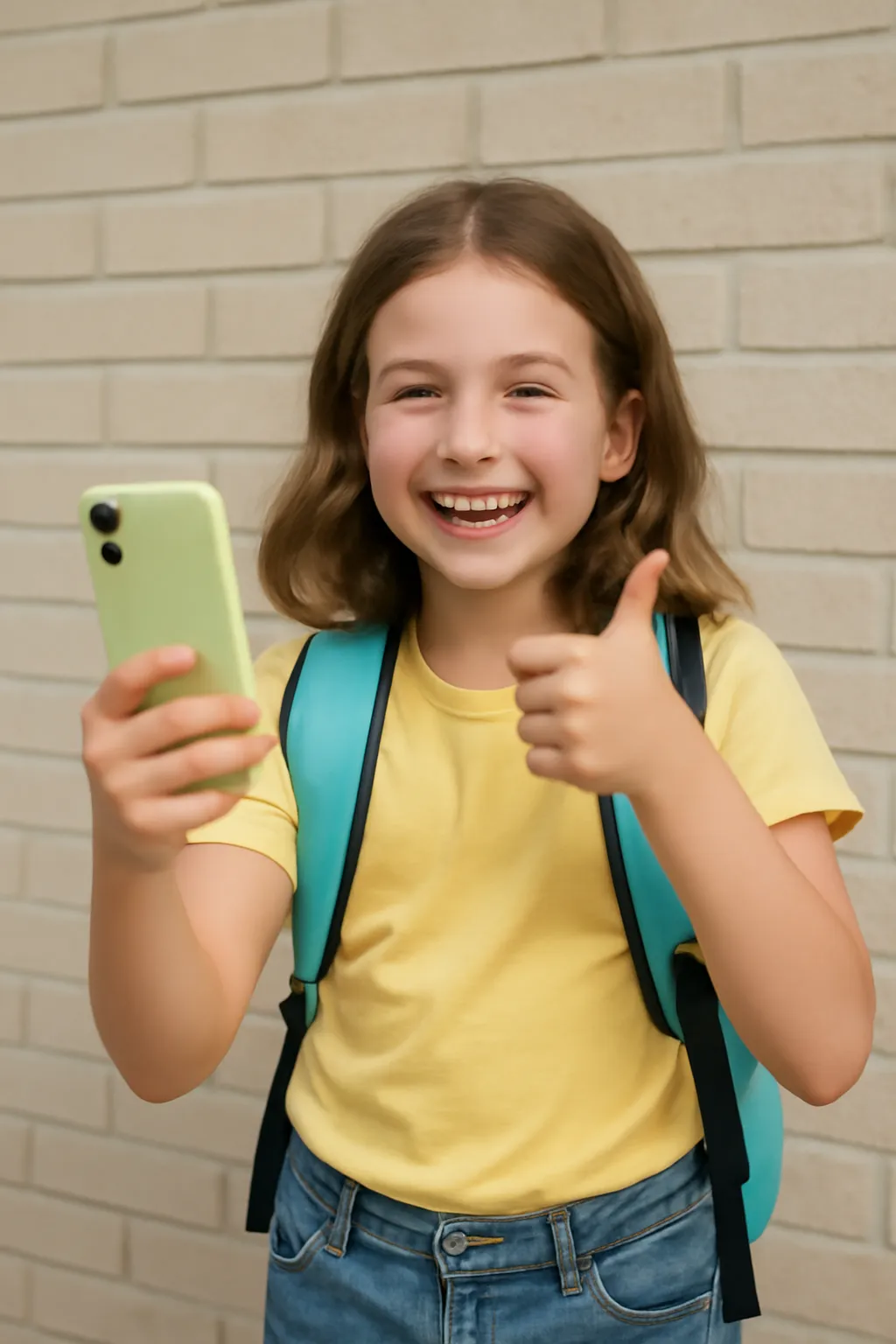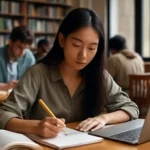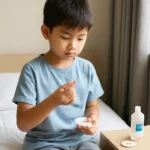What happens when an elementary school student embarks on a pop round-trip adventure? Can this dynamic and unique concept boost their interest in fun and learning? Find out how this fun activity can help with creativity, exercise, and social development!
Introduction
For many elementary school students, learning is not confined to the classroom. With various innovative concepts taking root in educational environments, the idea of “popping” in and out of different activities is gaining traction. The “Elementary Pops Round Trip” is one such concept, combining a variety of activities that mix physical movement with learning experiences. Imagine a child running a fun round-trip journey, alternating between learning and exercise, all while being entertained with sound sources that captivate their imagination.
But what does this actually mean? In simple terms, it’s a fusion of physical activity, playful learning, and creativity designed to engage students fully. Let’s explore the key elements involved in an “elementary pops round trip” and how it can positively impact young learners.
Elementary Pops Round-Trip Sound Source
The first component of this journey is the use of sound. Sound sources in educational contexts can be used to spark creativity, focus attention, and enhance the overall learning experience. For an elementary school student on a round-trip adventure, sound plays a vital role in making the experience more immersive.
1. Engagement through Sound
Sound helps transform mundane learning sessions into interactive, lively experiences. From music and nature sounds to storytelling and sound effects, each element helps establish a sense of presence that makes the learning journey memorable.
Imagine an elementary school student participating in a scavenger hunt. As they “pop” from one learning station to the next, each transition could be accompanied by a unique sound effect – a bell, a whistle, or even the sound of footsteps. These auditory cues guide the student’s focus, adding layers of excitement and enhancing the learning environment.
2. Creating a Dynamic Learning Environment
Incorporating sound also gives teachers the ability to create various scenarios that simulate real-life experiences. From classroom activities to outdoor learning environments, sound cues can guide students through different themes or challenges. For example, if the activity is about exploring an ancient civilization, sound effects like marching drums or echoes in caverns can create an atmosphere that feels like an adventure, making students feel as if they’re living through history.
3. Cognitive Benefits of Sound in Learning
Studies have shown that sound can enhance memory retention and cognitive engagement. Elementary students who are exposed to various sound sources while performing educational tasks are more likely to remember information better. The auditory stimulation also improves their ability to focus and concentrate, making it a valuable tool in classrooms or interactive learning experiences.
Elementary School Student Pops Round Trip
Now, let’s break down the idea of a “pops round trip” itself. This concept involves a series of activities or learning tasks that a student moves through, with each task leading to the next. The round-trip nature allows students to return to earlier concepts or skills they learned, reinforcing retention and application.
1. Physical Activity Integration
At its core, the pops round trip involves running. The concept incorporates physical activity as a way to promote movement and exercise, which is crucial for elementary school-aged children. The physical component, in this case, the “popping” from one area to another, involves running, jumping, or navigating through different learning stations.
This activity is not just fun – it also boosts physical fitness and health. Regular movement has been shown to enhance focus, improve coordination, and increase overall well-being in young children. Additionally, incorporating fun exercises into learning sessions can build positive associations with physical activity.
2. Boosting Social Interaction and Teamwork
Often, the “pops round trip” involves group activities where students must work together to solve problems, share knowledge, or accomplish a challenge. Through this, they develop essential social skills such as communication, collaboration, and empathy. It’s a dynamic way for students to learn both independently and as part of a team.
3. Real-World Application
Imagine an elementary school student being tasked with running to different stations in the classroom to answer questions about science, history, or math. At each station, they “pop” into a new learning experience where they need to apply their knowledge. As they complete each task, they continue their journey and revisit earlier lessons, reinforcing the learning.
Running Elementary Pops: A New Approach to Learning
What happens when you combine running, learning, and the fun of popping between different activities? The result is a more engaging and enjoyable approach to elementary education. This type of interactive learning can appeal to children with different learning styles – whether they are more visual, auditory, or kinesthetic learners.
1. A Fun Twist on Traditional Learning
By allowing students to run between stations, educators can turn a standard lesson into a treasure hunt, race, or interactive quiz show. As students “pop” into different stations, they are often rewarded with prizes or recognition, which makes the entire experience more enjoyable. This also helps in reducing classroom fatigue and allows students to release excess energy while still learning.
2. Keeping Students Active and Healthy
The inclusion of running or physical activity in the learning experience ensures that children are not sedentary for long periods. Physical health is vital in childhood development, and regular movement can help improve concentration and reduce stress. A “running pops” activity can easily be integrated into any subject matter, creating an engaging, dynamic, and healthy learning environment.
3. Enhancing Cognitive Function Through Movement
Research has demonstrated that physical exercise and learning are interconnected. When a child runs or moves, it increases blood flow to the brain, which can enhance focus and cognitive function. This integration of physical activity into learning activities supports better academic performance, memory retention, and overall brain development.
Conclusion
The “Elementary Pops Round-Trip” is a creative and exciting way to make learning a fun, active, and immersive experience. Whether it’s through the use of sound sources to create an engaging atmosphere, the round-trip structure that promotes learning through movement, or the integration of running to boost physical activity, this approach is designed to keep students engaged, healthy, and excited about learning.
As elementary education continues to evolve, approaches like the “pops round trip” will play a vital role in encouraging children to learn, grow, and thrive in an ever-changing world.






